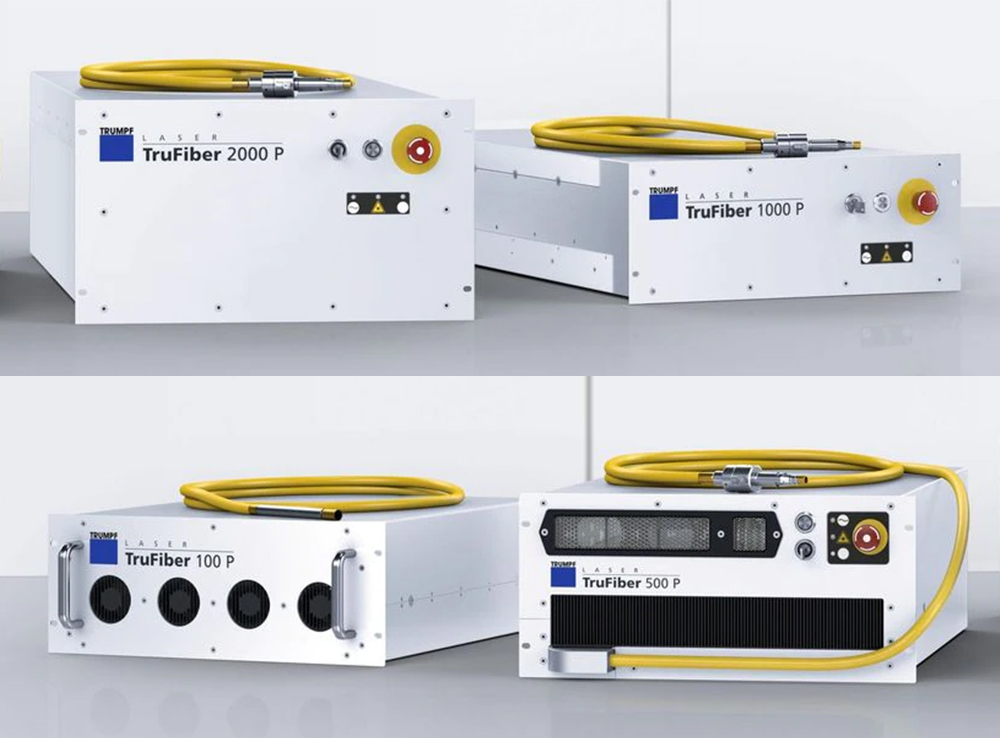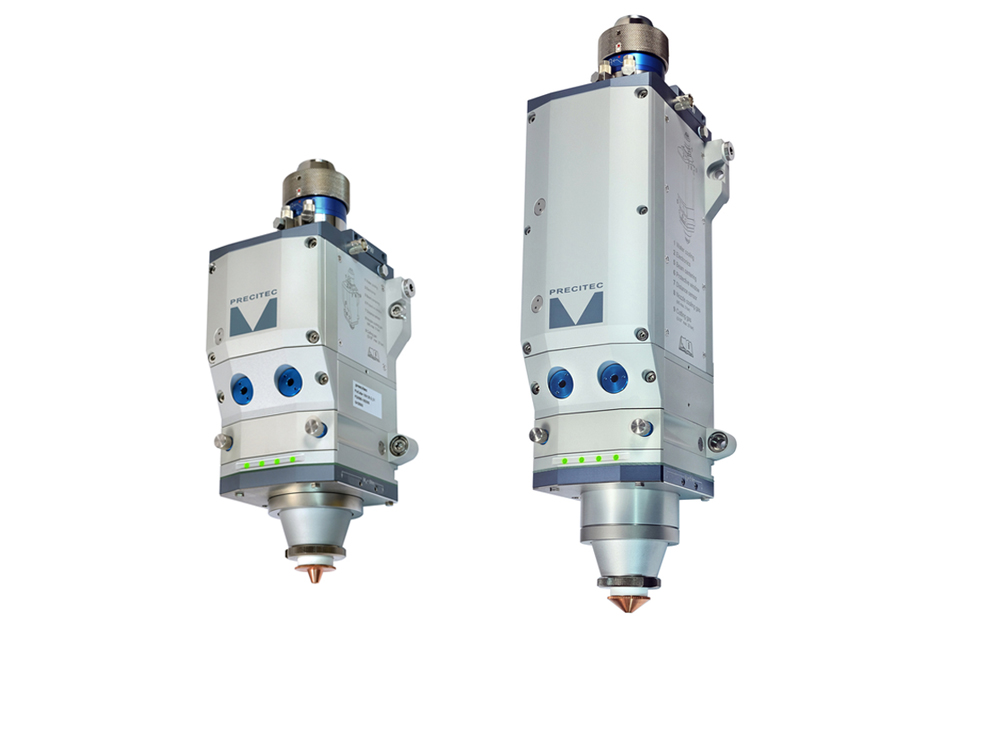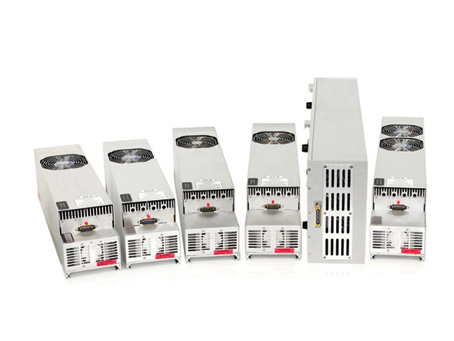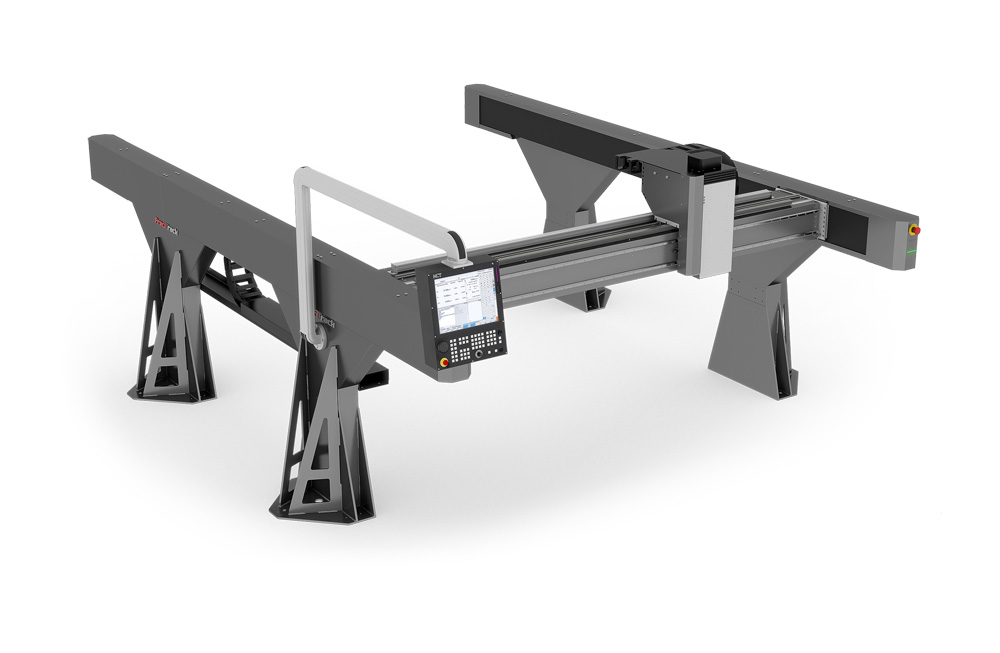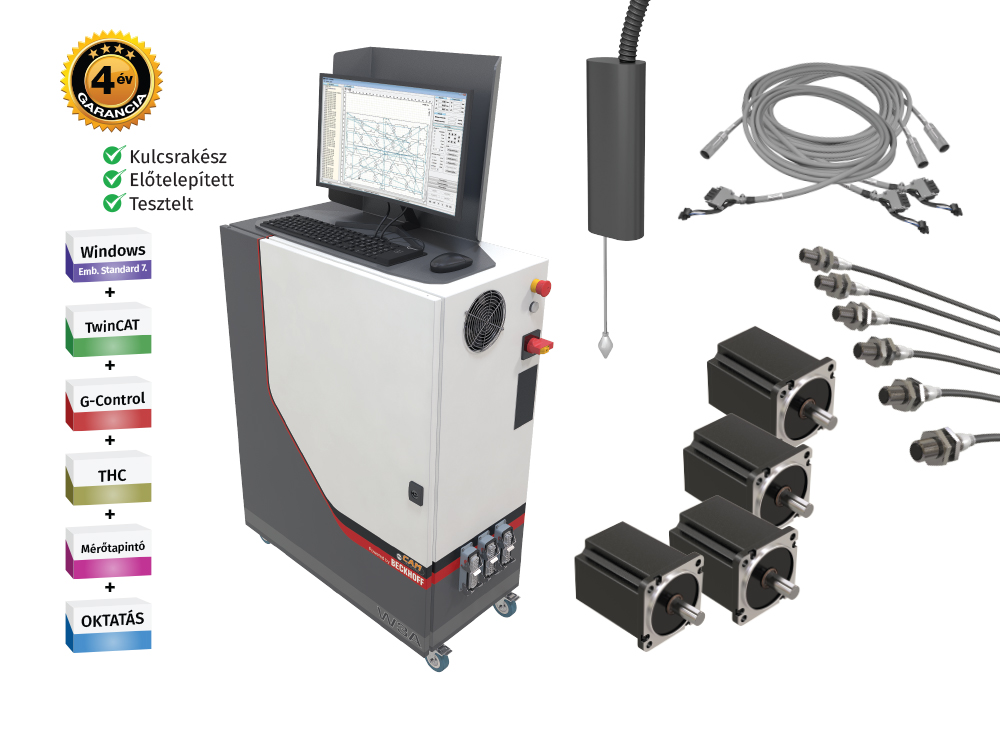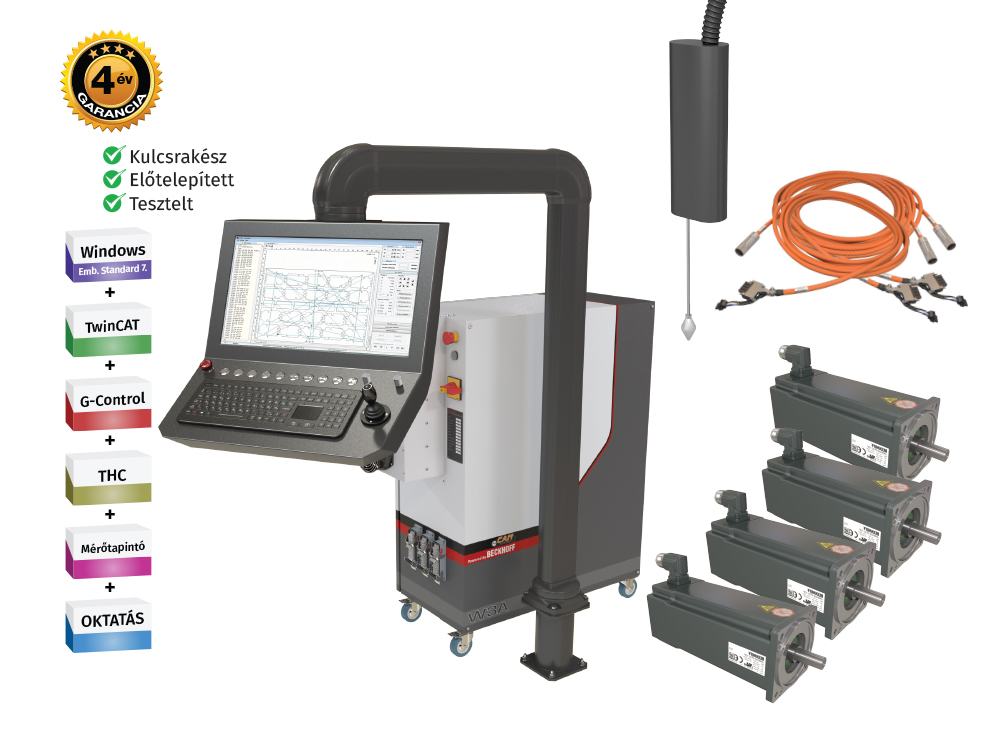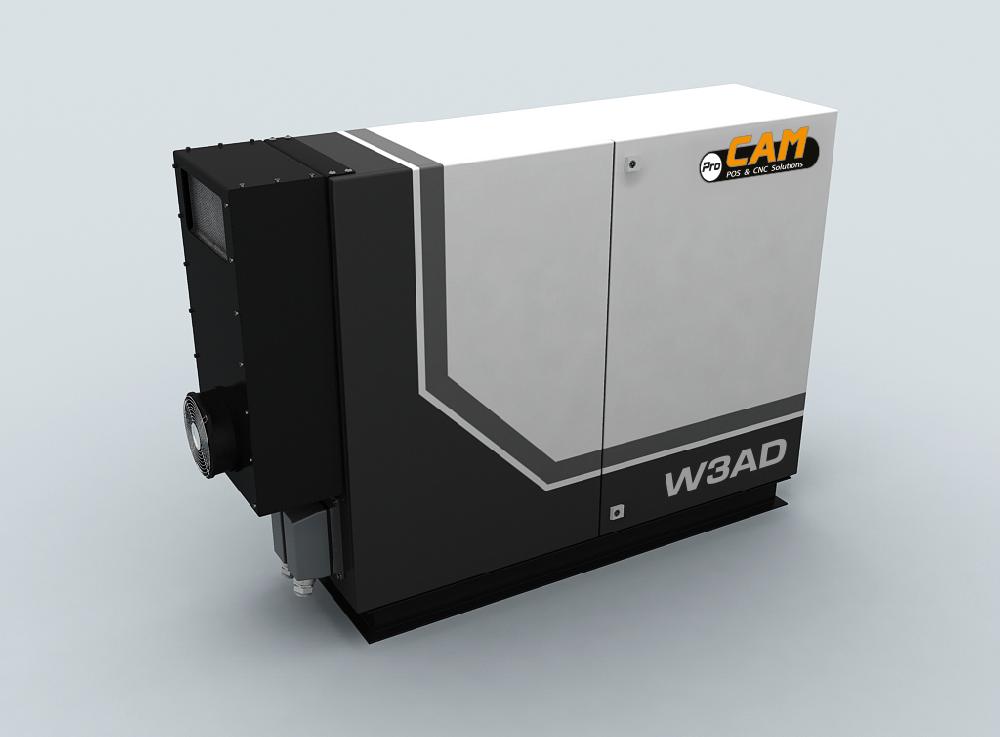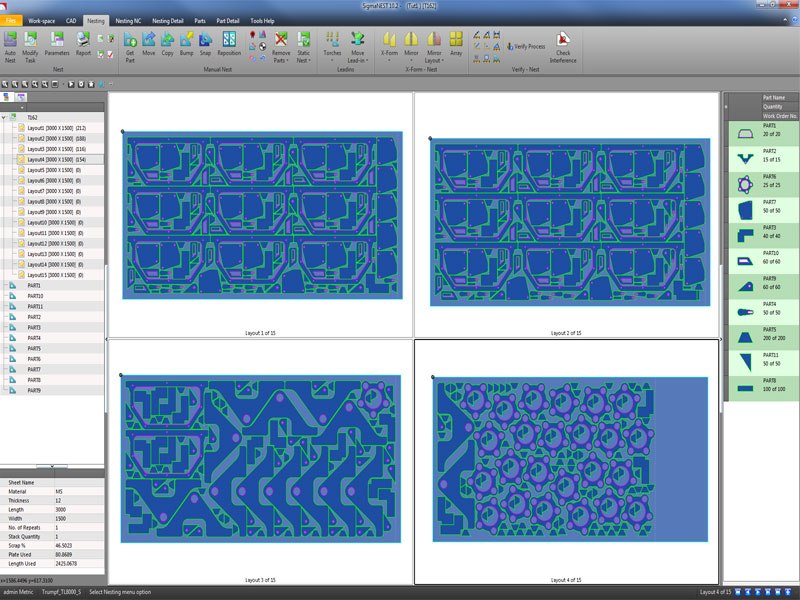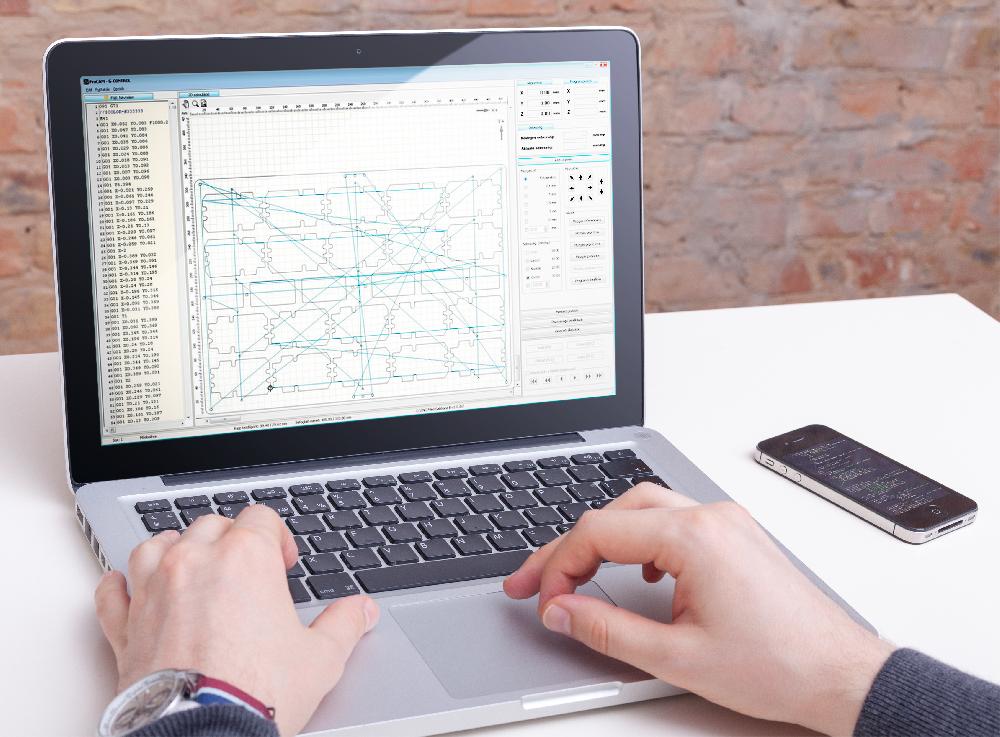About the technology |
Laser technologies |
|---|---|
|
The growing demands of productivity, economy and quality inspire the development of new methods in the field of cutting and welding. This has also given a boost to the development of laser technology which has become essential in several industrial processes by now. Coined from the words Light Amplification by Stimulated Emission of Radiation lasers have been a byword for efficiency and quality in materials processing. They offered an entirely new form of energy which in turn lent itself to uses in manufacturing, medicine and communications. Able to heat, melt and even vaporise material lasers are seen as the ideal medium for combining intense but controllable energy. By far the most popular use of the laser, particularly the carbon dioxide laser, is for cutting. The laser cutting process involves focusing a laser beam, usually with a lens, to a small spot which has sufficient power density to produce a laser cut. It is important to have a high energy source capable of generating concentrated energy like a lamp with high intensity, an electric discharge or another laser. Then the laser medium is placed between two reflecting mirrors creating a resonator space. Here they gradually gain strength and form a laser beam which then proceeds through a focusing len creating a high energy laser beam. The possible uses of the laser beamDue to its exceptional dynamics and high energy density the laser beam can be used for processing materials, the most common ones being the evaporation or melting of the material. By using mirrors the laser beam can be forwarded to large distances without losing its effectiveness. The mirrors are either moved by a precise X-Y plotter mechanism or a high speed galvanometric system (GALVO laser). The laser beam is a versatile, touch-free tool that does not wear so it is an effective and economical way of processing different materials. The laser technology is ideal for engraving, marking, milling, scraping and cutting tasks. It is possible to process almost any kind of material by laser. Possible applications
Cuttable materials
|
Engraving During engraving the material vaporizes or burns by the laser beam. To reach this, the intensity of the laser must exceed a certain limit. This limit is rather high in case of conducive materials like metals and low in case of non-conducive, laser absorbing materials like certain types of wood. The result is often a series of conical holes influenced by the heat -conducive characteristics of the given material. Engraving is the most widespread laser processing technology. Vaporization cutting During the vaporization the coating of the material vaporizes. Thin coatings like paint and eloxation are particularly suitable for laser removal. Even with a small amount of energy it is possible to create contoured patterns because these coatings absorb laser beams well. Melting and blowing Melt and blow or fusion cutting uses high-pressure gas to blow molten material from the cutting area, greatly decreasing the power requirement. First the material is heated to melting point then a gas jet blows the molten material out of the kerf avoiding the need to raise the temperature of the material any further. Materials cut with this process are usually metals. Thermal stress cracking Brittle materials are particularly sensitive to thermal fracture, a feature exploited in thermal stress cracking. A beam is focused on the surface causing localized heating and thermal expansion. This results in a crack that can then be guided by moving the beam. The marking of metals can be executed by applying a special liquid paste (Trotec Metalfix) on the material. Embossing Occasionally embossing is the most suitable method for marking the material. It is applicable on plastics and highly visible because the surface treated by the laser forms and embossed pattern. As the plastic is heated by the laser it emits gases and the bubbles stick to its surface as it cools down. This is how the embossing is formed on the surface. Colouring or whitening This technique can only be used on plastics and the wave-length of the laser defines the result. It is mostly done by Nd:YAG lasers. During this process the laser waves enter the surface of the material and get absorbed in colour pigments. This causes a chemical change in the pigments which results in a change of colour. As the changes take place within the material the surface does not change. Cutting, perforation A classic industrial application of laser beams is cutting. Perforation is essentially a form of cutting with frequent pauses or in other words a repeating piercing process along a given line. Characteristically cutting requires high laser energy. The more conducive the material, the stronger laser beam is required to cut it. Thicker materials also require higher energy beams. Most cuttings need protective and/or assist gas input. These gases blown at different pressure enhance the effectiveness of the laser beam, improve the quality of the cutting and protect the optical system from any kind of contamination. To improve cutting, oxygen is applied while nitrogen or CO2 is used to eliminate burning. The laser cutting process involves focusing a laser beam, usually with a lens, to a small spot which has sufficient power density to produce a laser cut. The lens is defined by its focal length, which is the distance from the lens to the focused spot. However, the critical factors which determine the selection of the lens are the focused spot diameter, d, and the depth of focus, L. The depth of focus is the effective distance over which satisfactory cutting can be achieved. It can be defined as the distance over which the focused spot size does not increase beyond 5%. For a given beam diameter, as the focal length becomes shorter the focused spot diameter and the depth of focus also both become smaller. The size of the actual spot is also dependent on the raw beam diameter, D. As this increases, for a given lens, the focused spot size decreases. To allow comparison between lasers with different beam diameters we therefore use a factor called the focus f-number, which is the focal length, F, divided by the incoming raw beam diameter, D. As we are generally unable to alter the raw beam diameter we select the correct lens to give us a focus beam of the required type. The requirements for cutting are high power density, and therefore small focused spot size but with a long depth of focus, and therefore the ability to process thicker materials with a reasonable tolerance to focus position variation. These two requirements are in conflict with each other and therefore a compromise must be made. The only other consideration is that the shorter the focal length, the closer the lens is to the work piece, and therefore more likely to be damaged by spatter from the cutting process. |
Spare parts cut by laser
Comparison Chart
| Cuttable materials |
Flame | Laser | Milling | Plasma | Waterjet |
|---|---|---|---|---|---|
| Mild steel | x | x | x | x | x |
| Carbon steel | x | x | x | x | |
| Stainless steel | x | x | x | ||
| Aluminium | x | x | x | x | |
| Titanium | x | x | x | x | |
| Chrome and cobalt alloy | x | x | x | ||
| Copper | x | x | x | x | |
| Bronze | x | x | x | ||
| Zink | x | x | x | ||
| Plexi | x | x | x | ||
| Poly carbonate | x | x | |||
| Foamed materials | x | x | x | ||
| PVC | x | x | |||
| PET | x | x | |||
| Other plastics | x | x | x | ||
| Rubber | x | ||||
| Wood | x | x | x | ||
| Marble, terazzo | x | x | |||
| Granite | x | ||||
| Glass | x |





















